
Kod: 09010036
Journal of Green Engineering- Special Issue
Autor Periklis Chatzimisios, Oliver Holland, Fernando J. Velez
Demand for wireless data exchange is perpetually increasing, leading to pressure on deployed wireless capacity. As systems enhance their spectral efficiency to attempt to address this, evermore complex processing techniques are be ... więcej
- Język:
 Angielski
Angielski - Oprawa: Miękka
- Liczba stron: 140
Wydawca: River Publishers, 2012
- Więcej informacji o książce

Zobacz książki o podobnej tematyce
Bon podarunkowy: Radość gwarantowana
- Podaruj bon o dowolnej wartości, a my się zajmiemy resztą.
- Bon podarunkowy dotyczy całej naszej oferty.
- Możesz wydrukować elektroniczny bon z e-maila a następnie przekazać go obdarowanemu.
- Ważność bonu wynosi 12 miesięcy od daty wystawienia.
Więcej informacji o Journal of Green Engineering- Special Issue
Za ten zakup dostaniesz 148 punkty
 Opis
Opis
Demand for wireless data exchange is perpetually increasing, leading to pressure on deployed wireless capacity. As systems enhance their spectral efficiency to attempt to address this, evermore complex processing techniques are being employed. Such techniques increase power consumption, leading to greater heat output from processers in network elements and increasing powered cooling. Moreover, the requirement for wideband linearity of radio frequency circuitry in state-of-the-art OFDM systems, twinned with high transmission power capability on the network side and the inefficiencies of components when operating at such limits, leads to greater inefficiency hence further heat power output and the need for greater cooling. All of these ingredients significantly affect the power consumption of communications equipment. Indeed, merely considering raw transmission power, the Shannon-Hartley theorem implies that necessary transmission power increases exponentially with required capacity. Such power consumption issues can be mitigated through cognitive radio (CR) techniques. The use of greater bandwidths through CR and in some cases the aggregation of bandwidths, as well as the opportunistic use of spectrum of more appropriate propagation characteristics or with better interference management, can reduce necessary transmission power for devices and systems. Moreover, CR techniques may achieve greater spatial/temporal awareness of connectivity options and their inherent power consumptions, as well as the power consumptions of chosen radio access characteristics. They might be able to use this awareness to dynamically switch to connections that better manage loads and interference, or might be able to minimize the power consumption of radio frequency circuitry through switching radio access technique given a required traffic load. At a simpler level, they may be able to appropriately select nearer connectivity options minimizing path loss/shadowing hence necessary transmission power, in consideration of experienced/predicted traffic loads and channel characteristics. Such capabilities are particularly relevant considering that, at least in terms of the transmission power to from-the-socket power consumption ratio, lower power equipment such as wireless LAN access points achieves far better efficiency than higher-power equipment such as macro-cell base stations. This manifestation is not only because of favorable path loss characteristics, but also because of the better efficiencies of the lower power components in such access points. CR might also assist in making other areas of life more environmentally friendly. The application of CR to intelligent transportation, for example, facilitating the sharing of information in a timely manner and with appropriate data rates among vehicles and between vehicles and roadside infrastructure through enhancing the capabilities of systems such as IEEE 802.11p, could lead to the better management of traffic signals and better collaborative automated management of traffic speeds, limiting unnecessary vehicular start/stop cycles and greatly reducing the burning of fossil fuels. Moreover, the presence of CR capability in a wide range of future machines will facilitate those machines talking to each other more ubiquitously than today. Such machine-to-machine communications could greatly enhance the energy efficiency of everyday living. One example of this is smart grids and smart homes, facilitating the usage of energy locally, only when needed, and catering for the integration, better prediction of and capitalization from renewable resources. Among other benefits, such solutions would decrease wastage in the home through better management of appliances and heating/cooling options.
 Szczegóły książki
Szczegóły książki
Kategoria Książki po angielsku Technology, engineering, agriculture Electronics & communications engineering Communications engineering / telecommunications
254.05 zł
- Pełny tytuł: Journal of Green Engineering- Special Issue
- Podtytuł: Cognitive Radio and the Application to Green Communications: Technical, Economic, and Regulatory Viewpoints
- Autor: Periklis Chatzimisios, Oliver Holland, Fernando J. Velez
- Język:
 Angielski
Angielski - Oprawa: Miękka
- Liczba stron: 140
- EAN: 9788792329332
- ISBN: 9788792329332
- ID: 09010036
- Wydawca: River Publishers
- Waga: 207 g
- Wymiary: 234 × 156 × 8 mm
- Data wydania: 18. July 2012
Ulubione w innej kategorii
-
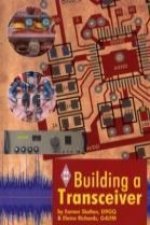
Building a Transceiver
63.66 zł -20 % -
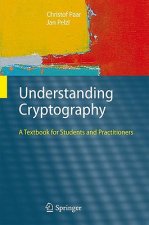
Understanding Cryptography
244.28 zł -

Audio Power Amplifier Design
432.06 zł -

International Code of Signals
85.52 zł -4 % -
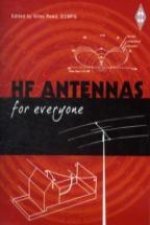
HF Antennas for Everyone
77.96 zł -20 % -

Dance Music Manual
270.37 zł -

Amateur Radio Mobile Handbook
58.92 zł -19 % -

Hello Girls
122.19 zł -

Beyond VoIP Protocols - Understanding Voice Technology and Networking Techniques for IP Telephony
456.64 zł -
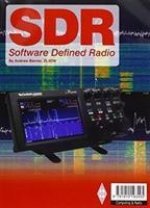
SDR Software Defined Radio
82.70 zł -20 % -

Chromecast User's Manual Streaming Media Setup Guide with Ex
30.71 zł -
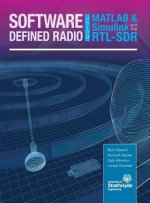
Software Defined Radio using MATLAB & Simulink and the RTL-SDR
421.58 zł -
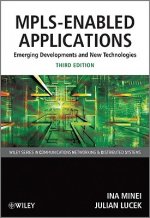
MPLS-Enabled Applications - Emerging Developments and New Technologies 3e
397.91 zł -
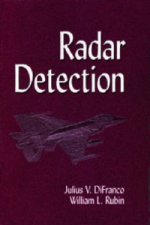
Radar Detection
708.48 zł -
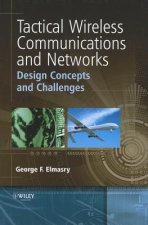
Tactical Wireless Communications and Networks - Design Concepts and Challenges
682.59 zł -

Technical Handbook for Satellite Monitoring
346.93 zł -
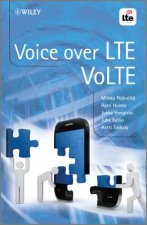
Voice over LTE - VoLTE
589.21 zł -

Antenna Theory - Analysis and Design 4e
798.74 zł -
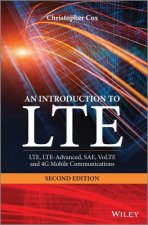
Introduction to LTE - LTE, LTE-Advanced, SAE, VoLTE and 4G Mobile Communications, 2e
476.18 zł -
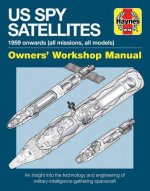
US Spy Satellite Owners' Workshop Manual
186.25 zł -

Build Your Own Transistor Radios
254.96 zł -2 % -
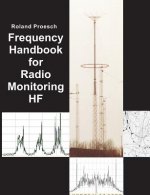
Frequency Handbook for Radio Monitoring HF
316.41 zł -

HF Amateur Radio
63.66 zł -20 % -

4G, LTE-Advanced Pro and The Road to 5G
554.86 zł -
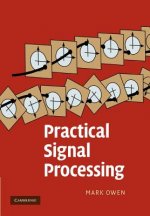
Practical Signal Processing
269.67 zł -
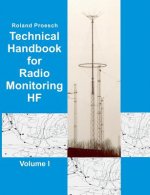
Technical Handbook for Radio Monitoring HF Volume I
317.92 zł -
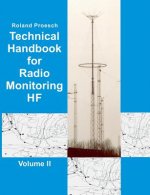
Technical Handbook for Radio Monitoring HF Volume II
317.92 zł -

Birth of British Radar
48.75 zł -38 % -
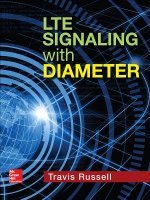
LTE Signaling with Diameter
518.09 zł -

EPC and 4G Packet Networks
454.92 zł -9 % -
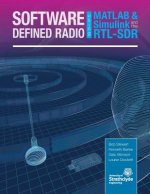
Software Defined Radio Using MATLAB & Simulink and the RTL-SDR
335.95 zł -
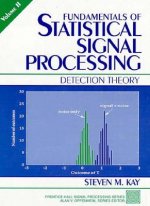
Fundamentals of Statistical Signal Processing
805.19 zł -

Radar Equations for Modern Radar
838.43 zł -

Essential Guide to Telecommunications, The
234.51 zł -5 % -
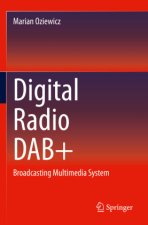
Digital Radio DAB+
375.74 zł -
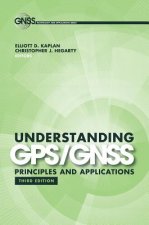
Understanding GPS/GNSS: Principles and Applications
835.21 zł -9 % -

Asterisk For Dummies
140.22 zł -5 % -
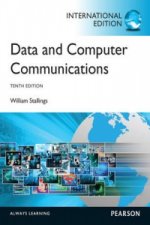
Data and Computer Communications
418.15 zł -
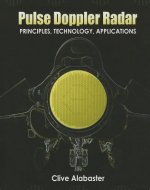
Pulse Doppler Radar
836.22 zł -
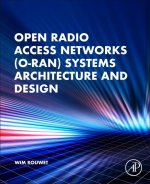
Open Radio Access Network (O-RAN) Systems Architecture and Design
691.96 zł -
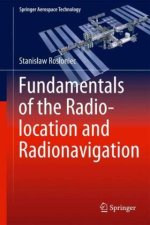
Fundamentals of the Radiolocation and Radionavigation
624.37 zł -
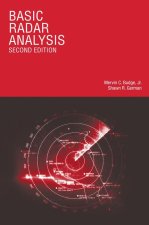
Basic Radar Analysis, Second Edition
926.38 zł -
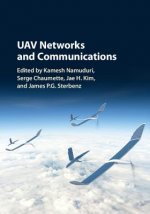
UAV Networks and Communications
770.64 zł -
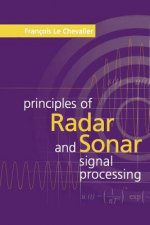
Principles of Radar and Sonar Signal Processing
780.61 zł -
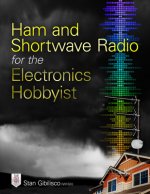
Ham and Shortwave Radio for the Electronics Hobbyist
132.36 zł -3 % -
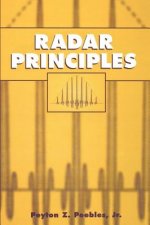
Radar Principles
1414.25 zł -

Logic Pro 9
185.05 zł -23 % -
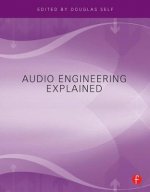
Audio Engineering Explained
288.71 zł -
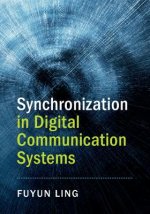
Synchronization in Digital Communication Systems
581.15 zł
zadowolonych klientów
Od roku 2008 obsłużyliśmy wielu miłośników książek, ale dla nas każdy był tym wyjątkowym.
Copyright! ©2008-24 libristo.pl Wszelkie prawa zastrzeżonePrywatnieCookies






 21 milionów książek
21 milionów książek Dostawa 10.99 zł
Dostawa 10.99 zł (32) 444 93 66 (8-15.30h)
(32) 444 93 66 (8-15.30h)